ScuzzBlog: Diaries September 2021
Entry 26th September 2021: Post 1: Amstrad CPC464 - DDI-1 plus interface.
Amstrad CPC464 - DDI-1 plus interface.
I wanted to do a little series of blogs featuring how the different
platforms disk managed. In essence DOS is a disk operating system
and many of the platforms evolved out of tape storage to a disk
based system and as such needed to create a way of interacting with
the drive units that used these disks.
Today I feature the Amstrad DDI-1 Disk Drive and interface which was
an external drive that used 3" compact floppy discs often of the
type Amsoft CF-2. The unit is often incorrectly labelled an FD-1
which is only the actual drive inside the unit. It is the whole
drive unit that is the DDI-1.
The drive has an external interface that connects via a ribbon to
the Amstrad CPC464 rear port. To operate you first switch on the
power to the external drive and then fire up the Amstrad. If you
attempt to load or save a program say in BASIC it will automatically
try to use the tape drive. To tell the Amstrad to use the disc and
not tape you use the special instruction symbol '|' vertical bar.
And so you type in '|disc' and from this point you are in disc mode.
Simply type 'cat' and the drive will show the disc's contents. Make
sure a disc is inserted to work.
Special commands using the '|' prefixing the instruction are used
as a form of DOS or AMSDOS and so bypass the BASIC inbuilt language.
This permits the use of 'CP/M' as an OS and gives the computer a
whole raft of disk operating system commands. As with many other
computers of the period the disk drive works to provide the computer
with a much needed management layer that takes you beyond BASIC.
It follows that if the Amstrad user of the day wanted to benefit
from an OS and be able to function very much as a more powerful
machine, such as many DOS based systems, it needed first to install
a disk drive. The DDI-1 was released to provide this facility and
in truth, from my perspective, if you wanted a games console only
then it wasn't necessary, but if you wanted a more serious computer,
similar to the 6128, you needed the DDI-1.
Amazingly this drive is double sided and you can literally flip
the disk over and write on the other side. You can also daisy chain
drives by adding another off the same ribbon.
To run CP/M you insert the disc and type '|cpm'. and just for reference
CP/M stands for Control Program for Microcomputers. Once in you have
a full compliment of commands which really transforms the humble 464.
The discs themselves are very robust and over the twenty five years I
have been using them I have hardly ever had a failure. The only real
downside is with the different Amstrad computers. You would think
that the PCW9512 would be able to read discs created on the DDI-1 or
FD-1 on the 6128 and 6128plus, well sadly not. I really don't know
what the thinking was on that front.
One final point on the Amstrad hardware and the Z80 CPU , I just had
to quote these lines from the manual ....
' There are 8 hands in the CPU, and they're all given names. '
'There are two CPU feet called IX and IY. These hands and feet are
often represented in diagrams as .... '
AF
BC
DE
HL
IX
IY
Anyhoo .. don't ask. Not sure I know what they were smoking over at
Amstrad but wild stuff I have to say. That's about it for today. So
if you want an Amstrad OS then get an external drive. I mean what is
the point of DOS without a 'disc' in your operating system. M'kay.
A M S D O S - U P D A T E
Whoops ! Managed to write the article on the Amstrad disk operating
system without actually advising that the system was AMSDOS. The disk
operating system that allows the computer to handle two single sided
178K drives.
AMSDOS uses the following commands:
|A |B |CPM |DIR |DISC |DISC.IN |DISC.OUT |DRIVE |ERA |REN |TAPE
|TAPE.IN |TAPE.OUT |USER.
There is also BASDOS but that's another story.
Amstrad CPC464 - DDI-1 plus interface.

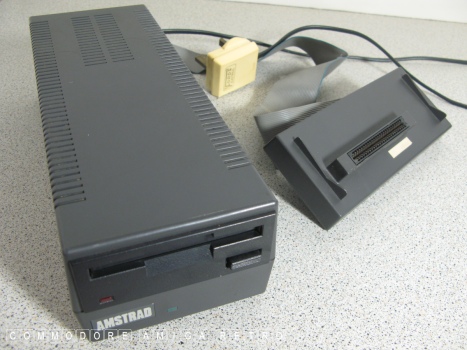
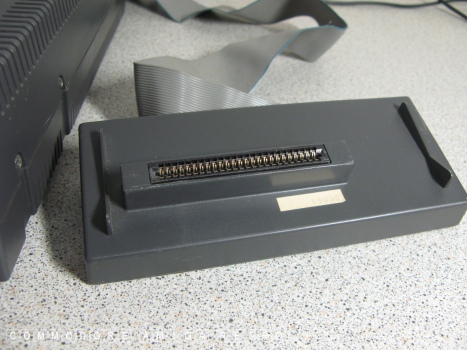
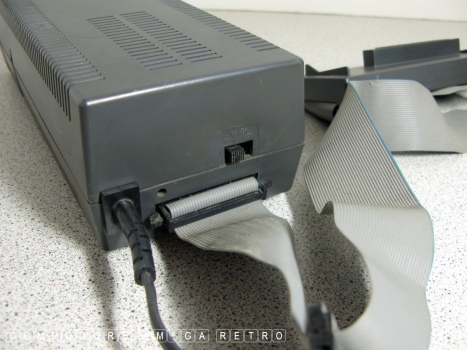
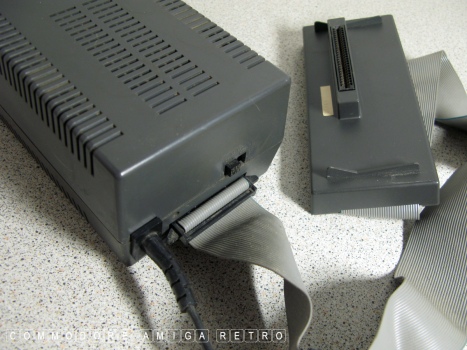







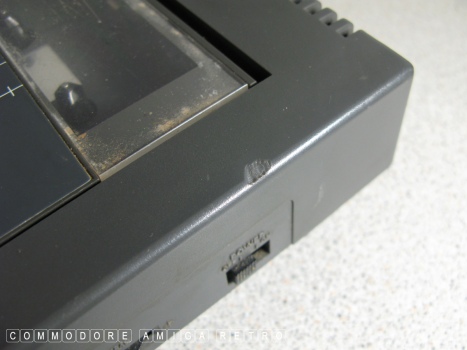





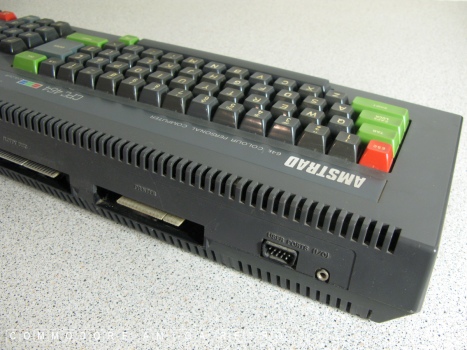



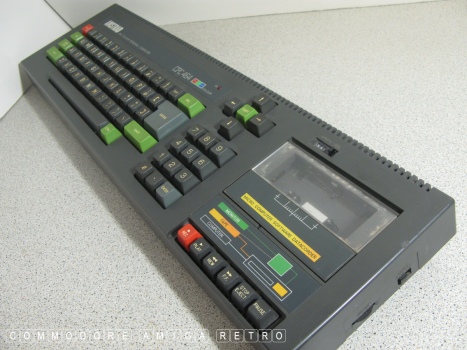

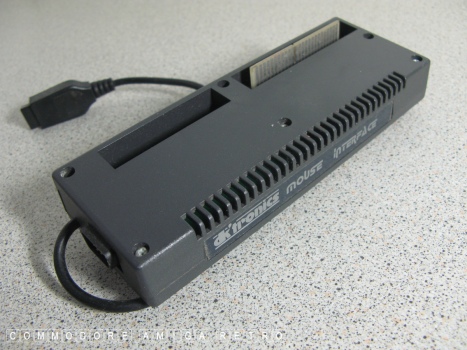

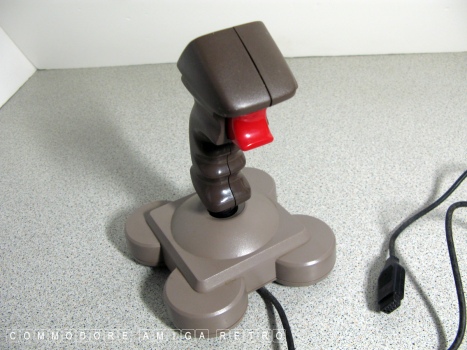



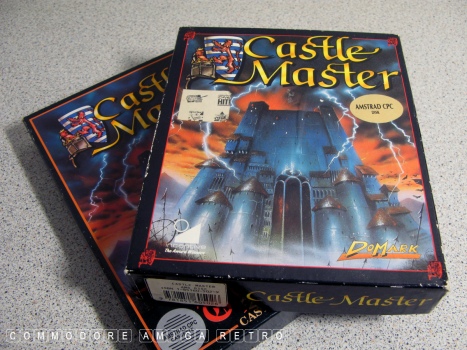


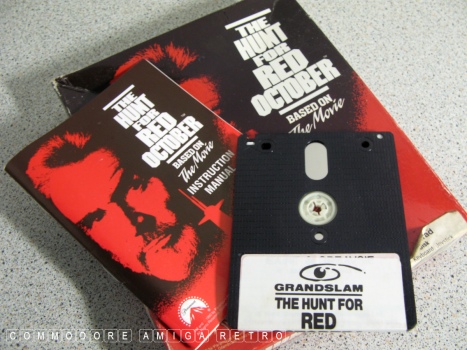

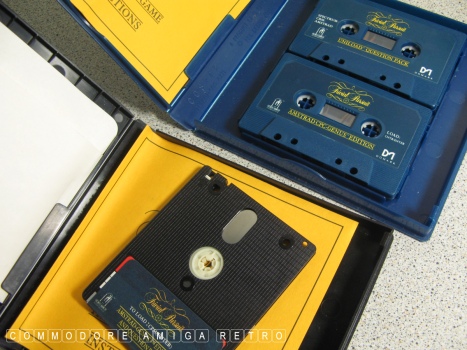









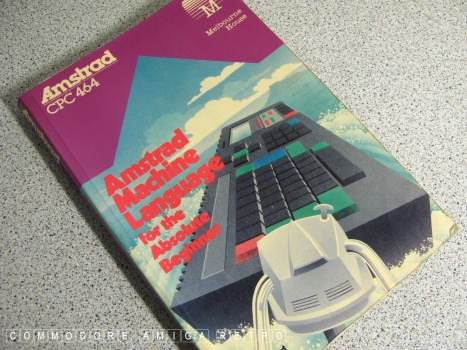
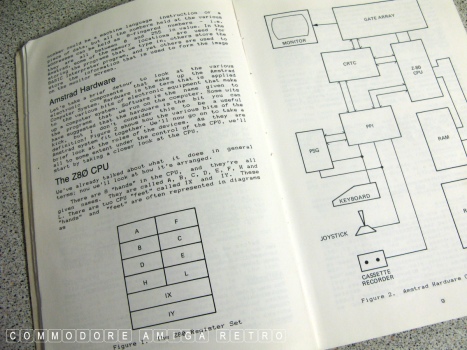

|


![]()
















































